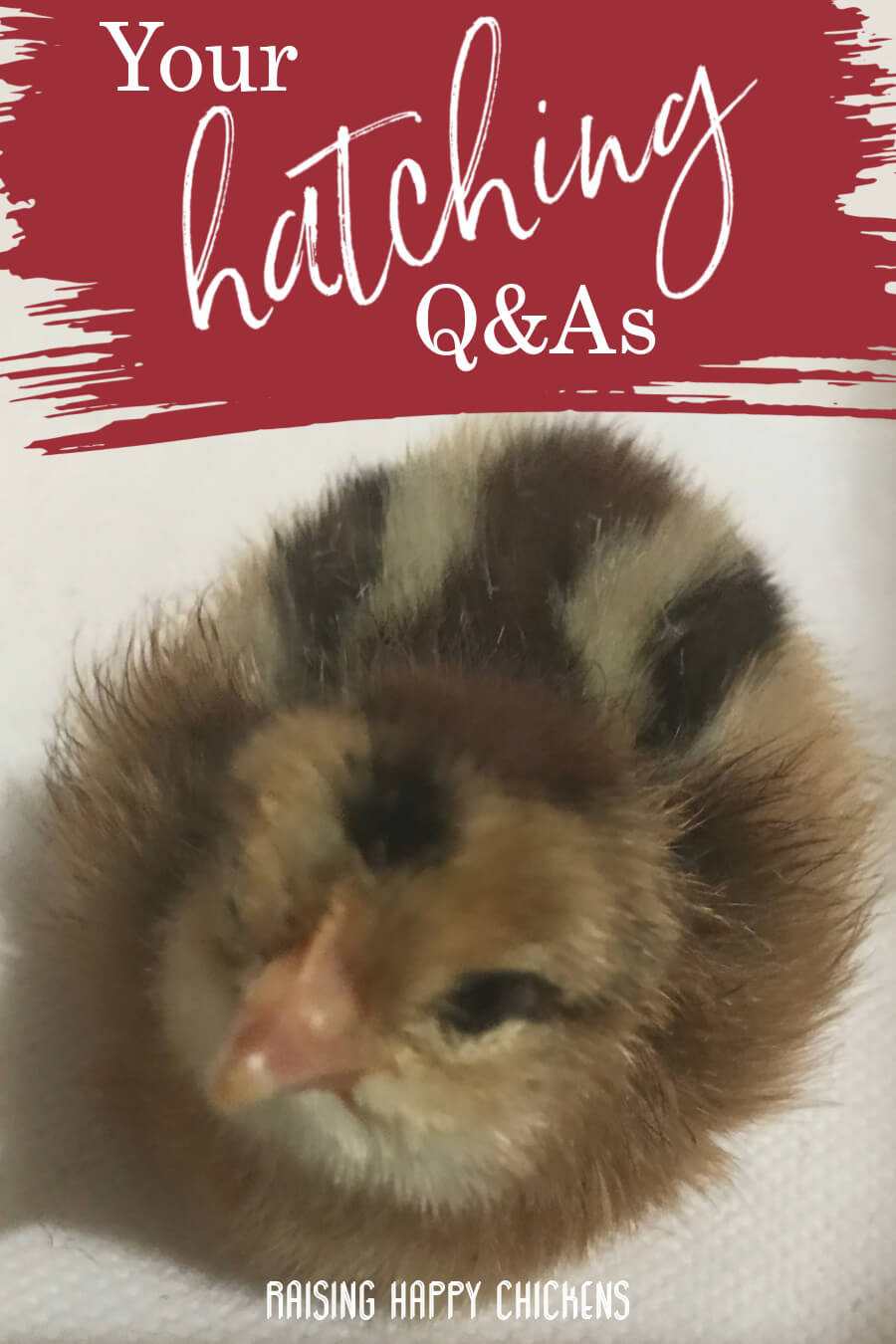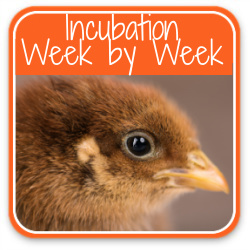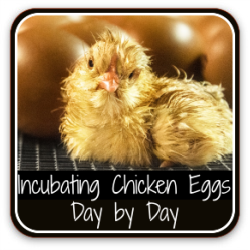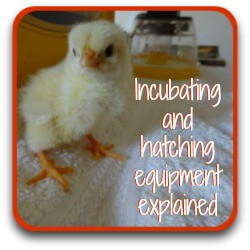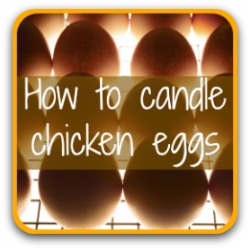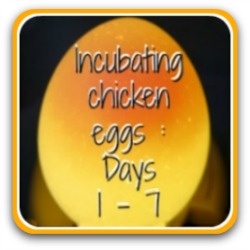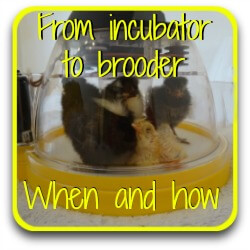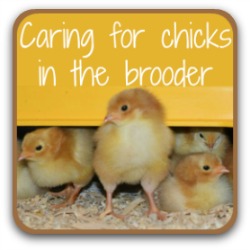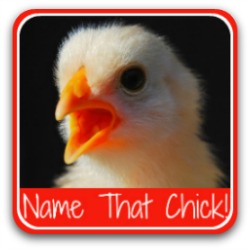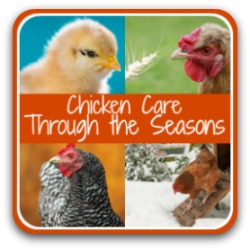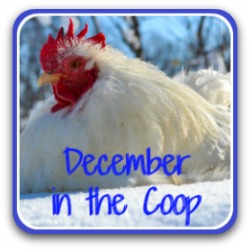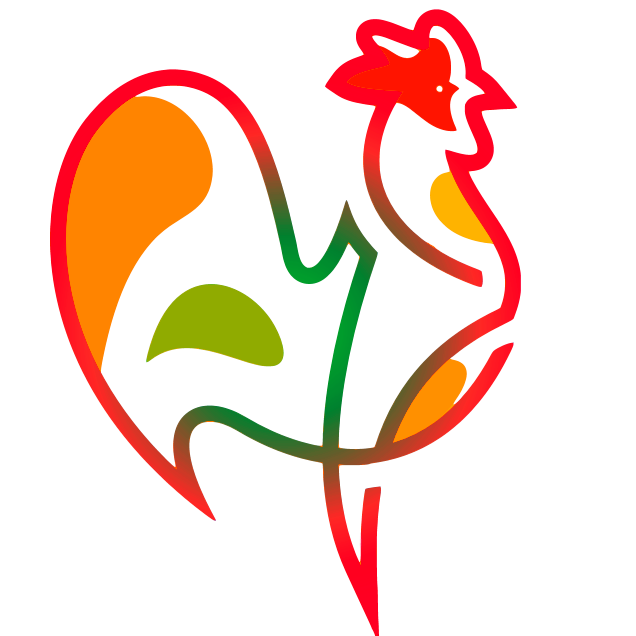- Home
- Incubating: short course
- Hatching Q&As
Hatching chicks: your most pressing questions, answered.
You've gone through the stressful times of watching your chicks grow in the egg. Now it's time for hatching to start.
It's exciting! Surely the stressful times are over?
But no...
The hours and sometimes days of the hatching process can sometimes be even more anxiety-provoking, and there's certainly a lot that can still go wrong.
Stay with it though. It will all be worth it in the end.
On this page, you'll find the most commonly asked questions about hatching, with answers I've learned from experience over the past twelve years.
As ever, my information is also based on detailed research studies, and the advice of experienced chicken keepers.
It's all here in one place, to help you through the jitters (and sometimes the pure panic) that goes with the experience of hatching your own chicken eggs.
To see the answer to each question, click on the red arrow at its side.
Do you have a question that I've not answered? Use my contact form to ask me and I'll feature it on this page.
Click here for Q&As about incubating (before hatch).
Do all chicken eggs take 21 days to hatch?
Do all chicken eggs take 21 days to hatch?
No.
Usually, if temperature and humidity levels have been ideal, the hatchling will start to break through the shell 21 days after the eggs were first set.
Bantams will take less long – on average, 18 days.
However, this is very much a "rule of thumb". Sometimes it takes longer and sometimes shorter times.
I've had a hatch as late as day 26. See here for more information about early birds and here for late.
How do you hatch a chicken egg, step by step?
How do you hatch a chicken egg, step by step?
Follow my incubating and hatching course! My ultra-detailed paid course opens every Spring. Join my newsletter group – you'll receive information in advance.
In the meantime, take a look at my free, short incubating and hatching course which leads you through the three weeks of incubation in less detail.
What should temperature and humidity levels be for hatching?
What should temperature and humidity levels be for hatching?
If you have a broody hen incubating your eggs you really don't need to worry about this. Nature will take care of it for you.
In an incubator, the ideal temperature is exactly the same as it is during incubation: in a forced air machine (with a fan) it's 37.5ºC (99ºF) and in a still air, 38º - 39ºC (102ºF).
Humidity levels, though, should be raised three days before the hatch is due.
So for most eggs, raise it at day 18 from 45% to 65%. If it's not the right humidity, there's a danger that the membrane will lose moisture and become too hard for the chick to pip through.
Be careful not to let it get too high, though. The danger then is that the chicks won't be able to dry. Chicks can chill and die very easily and quickly.
Watch for excessive moisture in the incubator during hatch. If it looks too wet and the chicks are not drying, move them if possible into a separate "drying off" incubator.
Should I still turn the eggs when they're hatching?
Should I still turn the eggs when they're hatching?
No.
You should stop turning the eggs at lockdown (day 18) and they should not be touched again at all. This gives the hatchling a chance to get into the correct position for pipping.
Keep the incubator closed, opening it only if you judge that you need to top up water to increase humidity, or if you need to move a chick into the brooder.
Make sure there are no pips in the other shells first, though. If there are, have a scrunched up ball of paper soaked in warm (not cold) water ready.
Open the lid of the incubator very quickly, do whatever you need to do and place the paper into the incubator. This will raise the humidity levels very quickly.
What do "pipping" and "unzipping" mean, and what's the difference?
What do "pipping" and "unzipping" mean, and what's the difference?
"Pipping" is when the chick begins to break through the inner membrane and then the shell itself.
It always starts with a small hole in or near the air cell. You'll be able to see the tiny egg-tooth pointing through.
"Unzipping" is when the chick begins to make that hole larger, creating a break right around the circumference of the shell. Eventually that break is large enough for the chick to be able to push it apart and hatch into the world.
That first "pip" is a magical moment!
How long after pipping will my chicks hatch?
How long after pipping will my chicks hatch?
Some will come out very quickly, using their egg tooth to "unzip" until they're able to wiggle themselves free within an hour or less.
For others, progress can be very slow, sometimes taking more than 24 hours. It's a hard, tiring process for a tiny baby chick. You'll find that more often than not they will need to rest in between periods of activity.
I have had a Wyandotte egg which took over 30 hours from first pip to hatching!
What happens if the eggs don't hatch on day 21?
What happens if the eggs don't hatch on day 21?
It's likely that the chick will just hatch a little later. I have had chicks hatch as late as day 26, so don't despair.
And do not be tempted to "help" the chick out of the egg. Nature will take its course, and trying to remove the shell before the chick is ready is more likely to kill it.
One of my chicks hatched at day 19. Will she be OK?
One of my chicks hatched at day 19. Will she be OK?
Early hatching is generally due to temperatures being too high, either during shipping if eggs were sent by post, or in the incubator itself.
It's possible that the chick will be smaller than others who go the full 21 days, and they can also be weaker. They should be left in the incubator to dry off and fluff up for at least 24 hours.
Remember, new babies are sustained by the yolk and can survive without food or drink for between one and two days after hatching.
So if your early chick looks as though she needs a little more time in her incubator, don't be afraid to leave her there.
She may also need a little extra help to stand at first, but early chicks do generally catch up within a few days.
What should a newly hatched baby chicken look like?
What should a newly hatched baby chicken look like?
Chicks are very wet when they come out of the egg and as you might expect, tired and wobbly on their legs. They will alternate between sleeping, and flopping around your incubator knocking into all the other chicks and eggs.
They need to be left in the incubator until they're dry and fluffed up.
This is really important - moving them into a brooder too early can make them cold, and newly hatched chicks are susceptible to the cold. It can kill them very quickly.
So, no matter how much they're knocking into everything and everyone else don't worry, your other eggs will be fine.
Do make sure that humidity levels in the incubator are not keeping your babies wet though. If they are, move them if possible to a hatcher.
I use a second incubator for this, since I once lost a baby who became chilled when she had hatched early. Humidity levels were kept too high for her to dry out.
It's day 23 and my chicks are showing no signs of pipping. Should I be worried?
It's day 23 and my chicks are showing no signs of pipping. Should I be worried?
No, don't worry.
Whilst it's usual for chicken eggs to pip at day 21, it's by no means unusual for them to start later.
Lots of separate issues can affect the time to hatching. Most of them relate to temperature.
That can mean too low a temperature throughout incubation; a one-off fall in incubator temperature (for example if you've had an electricity outage); cold spots if you're using a still air incubator; or if eggs were sent by post they may have got cold in transit.
It's also sometimes a result of eggs being older when they're set in the incubator. I've had older eggs hatch as late as day 25.
I will never discard an egg from the incubator before that, as long as it was showing signs of development when I candled it before lockdown.
Is there any way of telling if an egg is still alive if it's still not hatched at day 25?
Is there any way of telling if an egg is still alive if it's still not hatched at day 25?
There is. In fact some people use this test to assess their eggs before lockdown, just to make sure there's viable life.
It involves placing the egg – carefully – in warm water and watching for movement.
See more about it here.
How long after pipping should you help a chick?
How long after pipping should you help a chick?
Resist the temptation!
And it is very tempting, especially when it's your first or second hatch and you're worried because it feels like the chick is taking an eternity.
Remember though: it can take over 24 hours from pip to hatching. Trying to help it along, unless you're very sure you know what you're doing, can do far more harm than good.
Why?
As the chick gets ready for hatching it absorbs into itself the whole of the yolk so that it has enough food and water to keep it going for a couple of days after hatching. Added to that, the blood vessels in the yolk also recede into it.
But that process takes time.
The problem with assisting is that the yolk and the blood vessels may not be properly absorbed.
Once the chick has hatched, it will not be able to absorb the yolk or the blood vessels any further. So you run the risk of killing a perfectly healthy chick.
There are, though, times when it's right to help. If you feel that time has come make sure you know what you're doing, as far as you can.
The tell-tale sign that a chick needs help is that the membrane underneath the outer shell, which should be white, turns brown.
That indicates that the membrane is drying out, and the chick is unlikely to be able to unzip.
Helping a chick hatch is a complex issue and should only be undertaken in very few circumstances.
More about incubating, hatching and brooding your chicks.
- Home
- Incubating: short course
- Hatching Q&As
